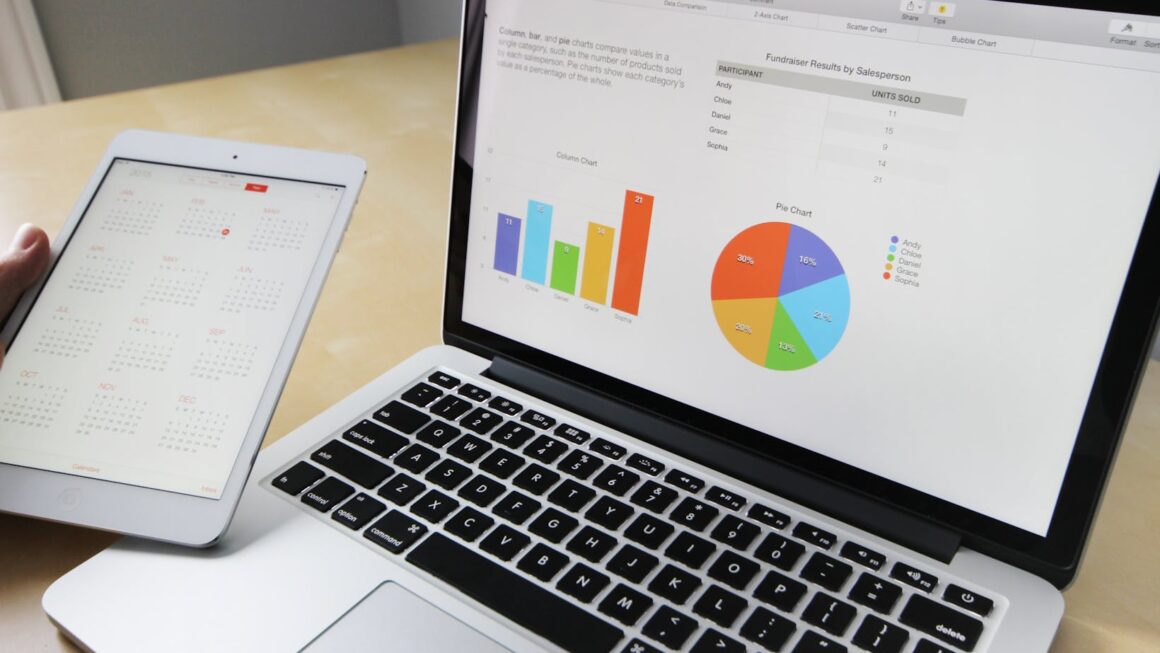Demographic data has been a valuable indicator for decades. The Internet of Things is making it more accessible than ever before, with an influx of new tools and apps that allow companies to collect information about their customers in ways never imagined possible.
The “demographic data” is a tool that most companies use to find out what kind of people are visiting their website and which demographics they should target. This can help boost sales.
Demographic data is utilized to categorize, convert, and understand individuals, and it helps turn leads into consumers. Most businesses amass vast volumes of data, but the vast majority of them fail to turn that data into actionable information that drives sales. Knowing and interpreting demographic data might help you turn low-hanging fruit into bigger sales if you know what you’re doing.
What is Demographic Data and Why Is It Important?
Demographic data is any information gathered about a certain group that is used to decide if a product or service is appropriate. This information has an impact on your product’s price, positioning, and overall strategy.

Education, age, income, and a variety of other data are among the information provided. Although you can always contact your consumers, the Census Bureau makes this information publicly accessible.
Using Demographic Information
While demographic data may be used for a variety of purposes, increasing sales should be a top priority for any company. When a company is new to the market, it almost always approaches saturation, with the majority of consumers having heard of them or purchased from them. Segregation then aids a corporation in deciding which markets to enter and target. You’ll be able to locate clients that meet comparable criteria to the items you’d want to market if you investigate your target.
To do so, plot demographic results on a map using a demographic mapping tool. Indicate current sales locations as well as areas where you have yet to promote. Is there a lot of purchasing going on in the off-the-beaten-path markets? Are there any similarities between these areas? If a large number of individuals fit your target client demographic, concentrating on these parts as a business might be worthwhile.
Creating Individualized Products Based on Client Profiles
The market is flooded with items, some of which are inexpensive and others which are considered high-end brands. The price point difference is determined by the intended client. An average salary of $30,000, for example, is unlikely to purchase a $5,000 set of earrings on a monthly basis. The ability to create these goods is contingent on the availability of demographic data. A corporation may assess the likelihood of acquiring high-end items by looking at average income, present employment, and general data.
If your target market includes low-income families, a lower-cost, more affordable product may be a better fit than a high-end (expensive) one. Alternatively, the marketing associated with a product for the two clients may differ dramatically.
Create Valuable Target Groups
Knowing your target market entails comprehending the attractiveness of your goods to a certain demographic. Demographic segmentation may help a clothing-selling eCommerce website increase sales. A clothes business, for example, may split its customer base into gender-based sales. With new goods and clearance items, a business recognized for high-end products might divide the demographics. Clearance products cut the cost of older items in the shop, making your brand more accessible to lower-income families. New items are expected to be in high demand, with consumers prioritizing brand recognition above price.
Depending on the perceived worth of the item, target groups may alter. Some people are ready to spend a greater price for something that has a lot of features or is reliable. Other clients are just interested in the prestige that comes with having a certain level of status. While a corporation may split the ideal consumer into multiple categories, it’s critical to allow for fluidity in the mapping tool and to track these changes.
Mapping as a Real-Time Tracking Tool
Demographics give vital information about the market, your target audience, and prospective marketing goals. Your brand may monitor real-time changes and advancements without paying extra resources by using mapping software to track this data. All research should contain a current brand position within a community, as well as a regional breakdown of existing consumers. Monitor the same region after a set time to measure the amount of growth after fresh marketing activities have been introduced.
To understand how certain populations react to marketing initiatives, compare various efforts. If the steps are successful, expand to other locations with comparable data. If the audience seems to be resisting (whether due to a pricing issue or a saturated market), change your strategy to the market. A new pricing strategy, a different list of product advantages, or a different marketing tactic for a target group might all be part of this rethinking. Establish frequent intervals for overall review; having a time-lapse of marketing activities accessible helps show any industry growth, downturn, or product adjustments.

The “demographics and psychographics examples” is a blog post that explains how to use demographics data to boost your sales. The article also provides a list of different demographic types and the benefits of each.
Frequently Asked Questions
How can businesses use demographic data for effective sales?
A: One of the best ways to use demographic data is by targeting customers who fit your product. For example, if a business wants to sell snowboard boots, they would target people with an interest in downhill boarding and then advertise their products toward that audience. This helps businesses put money into targeted ads rather than random ones which may not be as effective..
How is demographic data used in marketing?
A: Demographic data is more widely used in marketing, but it does not always accurately reflect someone’s specific identity. It is important to remember that the person who provided the information may have been misinformed about their own demographic and what they say can be skewed by various factors.
How can the gathering of demographic data be useful?
A: Gathering demographic data is essential for businesses who want to target specific audiences. Companies can use this information in order to create products, activities and events that will maximize profit potential.
Related Tags
- why is population growth an important concept for marketers?
- income levels of target customers
- sales segmentation
- target market checklist
- how to find a market for a product



